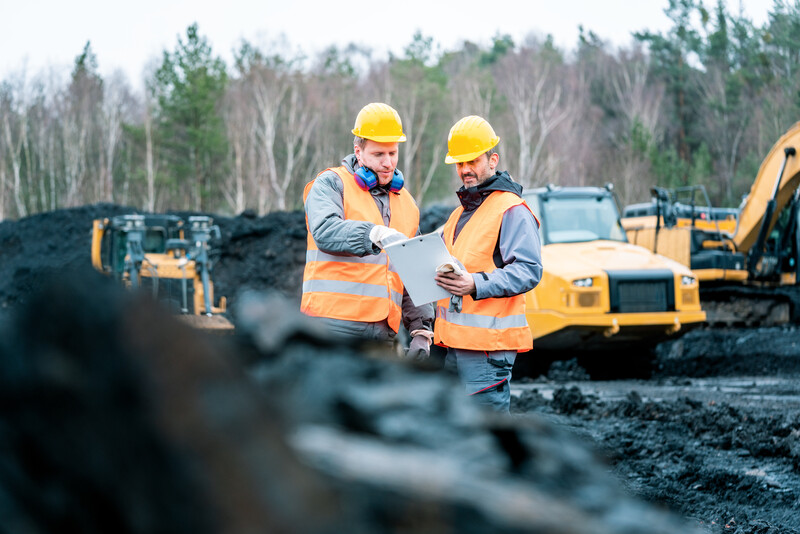The California bearing ratio (CBR) test is a simple, yet effective way to determine the strength of a subgrade soil sample. It does this by measuring the force needed to compress the soil sample. The higher the CBR value, the stronger the soil.
The CBR test is used in a variety of engineering applications, such as highway and railway construction. It is also commonly used to assess the suitability of soil for use in landfill engineering.
In this article, we’ll describe the process that is used by geotechnical engineers to take a CBR reading. This information will be useful for determining whether the test is right for your needs.
What is the purpose of a CBR test?
The California Bearing Ratio test is used to gain insight into the strength of sub-grade materials in a particular area. By determining the strength of the ground, engineers are able to make sound decisions about the type and amount of material needed to support the weight of a proposed structure.
This test is useful for a variety of engineering applications, such as highway construction to determine the thickness of a pavement layer, or to assess the suitability of soil for use in landfill engineering. It can also be used in railway construction, to determine the amount of ballast needed to support the track.
How is a CBR test performed?
There are two main types of CBR tests: the standard Proctor compaction test, and the modified Proctor compaction test. The most common method used today is the modified Proctor compaction test, as it is more accurate than the standard test.
The modified Proctor compaction test involves compacting a soil sample with a 5.5 lb (2.5 kg) hammer dropped from a height of 12 in (30 cm). The number of blows needed to achieve a certain level of compaction is recorded. This process is repeated with increasing levels of compaction until the maximum dry density is achieved.
The strength of the soil sample is then determined by measuring the force required to compress the soil to a certain percentage of its original height. The results are then compared to a chart which gives the CBR value.
What equipment do you need to perform a CBR test?
In order to perform a CBR test, you will need the following equipment:
- A soil sample
- A hammer
- A metal plate
- A compaction mould
- A plunger
- A digital scale
- An extensometer
How to take a CBR reading
- Place the soil sample in the compaction mould.
- Use the plunger to compact the soil sample.
- Remove the compaction mould.
- Measure the height of the soil sample with the extensometer.
- Record the height of the soil sample and calculate the percentage of the original height.
- Repeat steps 1-5 with increasing levels of compaction until the maximum dry density is achieved.
- Determine the force required to compress the soil sample to the desired percentage of the original height
- Compare the results to a chart which gives the CBR value.
Final Thoughts
The CBR test is a simple, yet effective way to determine the strength of a subgrade soil sample. By following the steps outlined in this article, your certified geotechnical engineer will provide accurate readings, providing you with the information to make sound decisions about the suitability of soil for your needs.
If you are interested in booking CBR testing in London or across the UK, learn more about IBEX Consulting Engineers. they offer professional geotechnical services covering a wide range of sectors, including construction, transportation and the environment. With significant experience in the industry, their team of experts have the knowledge and expertise to provide you with accurate CBR readings.








Add Comment